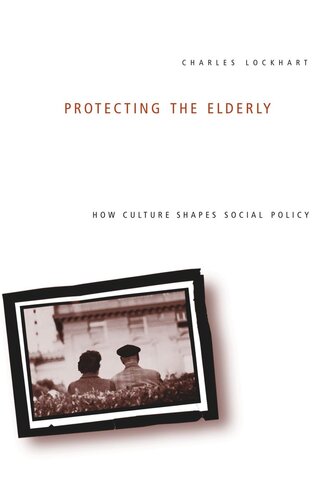

Most ebook files are in PDF format, so you can easily read them using various software such as Foxit Reader or directly on the Google Chrome browser.
Some ebook files are released by publishers in other formats such as .awz, .mobi, .epub, .fb2, etc. You may need to install specific software to read these formats on mobile/PC, such as Calibre.
Please read the tutorial at this link: https://ebookbell.com/faq
We offer FREE conversion to the popular formats you request; however, this may take some time. Therefore, right after payment, please email us, and we will try to provide the service as quickly as possible.
For some exceptional file formats or broken links (if any), please refrain from opening any disputes. Instead, email us first, and we will try to assist within a maximum of 6 hours.
EbookBell Team

4.0
16 reviewsBuilding on the pioneering work of anthropologist Mary Douglas and political scientist Aaron Wildavsky, this book develops and applies "grid-group" theory to show how political culture can be used to explain decisions about social policy and how, as an interpretive approach, this theory complements the now more dominant "rational choice" and "institutionalist" models.
In Part One, Lockhart elaborates on the basic ideas involved in grid-group theory, using examples to help illuminate how the theory can address areas of explanation left out of rational-choice and institutionalist models, such as preference formation and institutional design. According to grid-group theory, different societies have varying proportions of their members who adhere to one or another of three ubiquitous, socially interactive cultures: hierarchy, individualism, and egalitarianism. The adherents of these disparate cultures adopt culturally constrained rationalities (based on rival sets of values) and strive to construct distinctive institutional designs.
In Part Two, this theory is used to help make better sense of social policy decision making. A society whose political elite is predominantly hierarchical, for instance, will develop social programs sharply distinct from those of societies whose leaders are adherents of individualism or egalitarianism. The empirical focus of this part of the book is on the decisions about policy affecting the elderly in the United States, the former Soviet Union, Germany, and Japan during the economically difficult 1980s. Important aspects of these decisions, Lockhart shows, reflect the relative influence of rival cultural purposes among relevant societal elites.